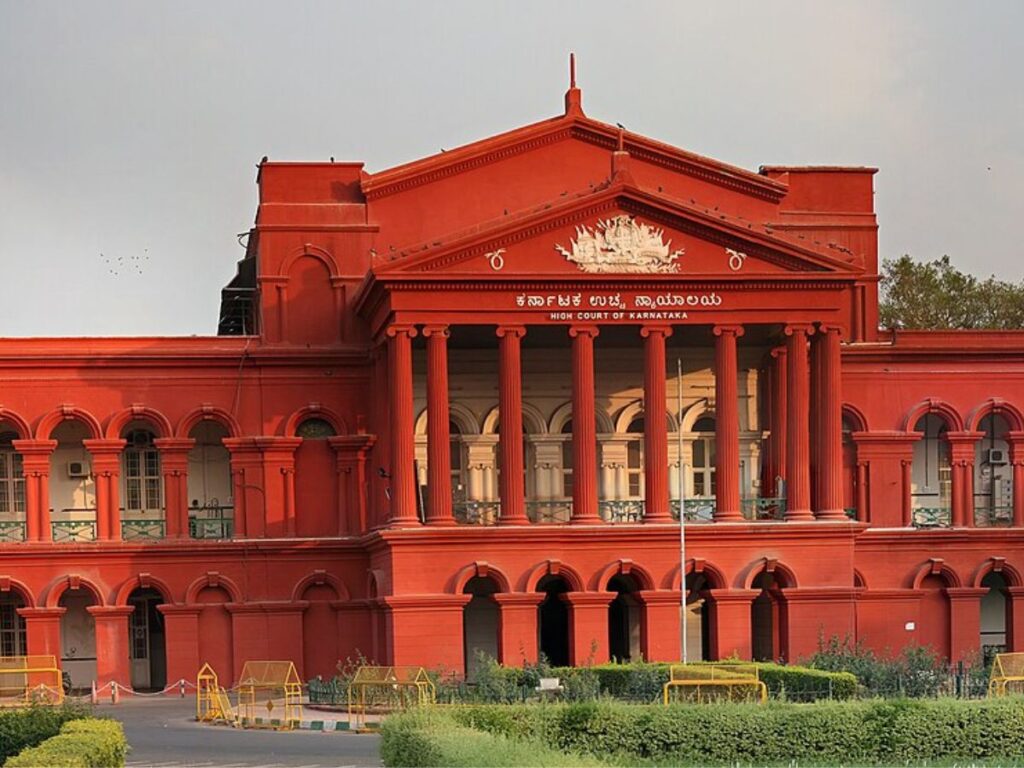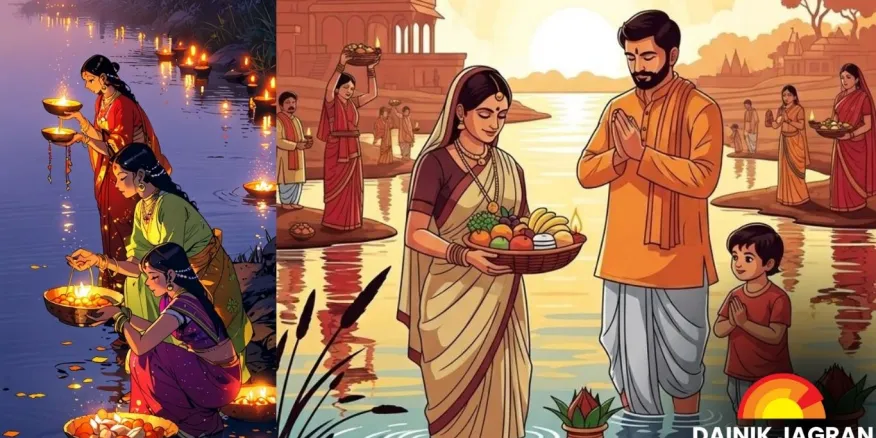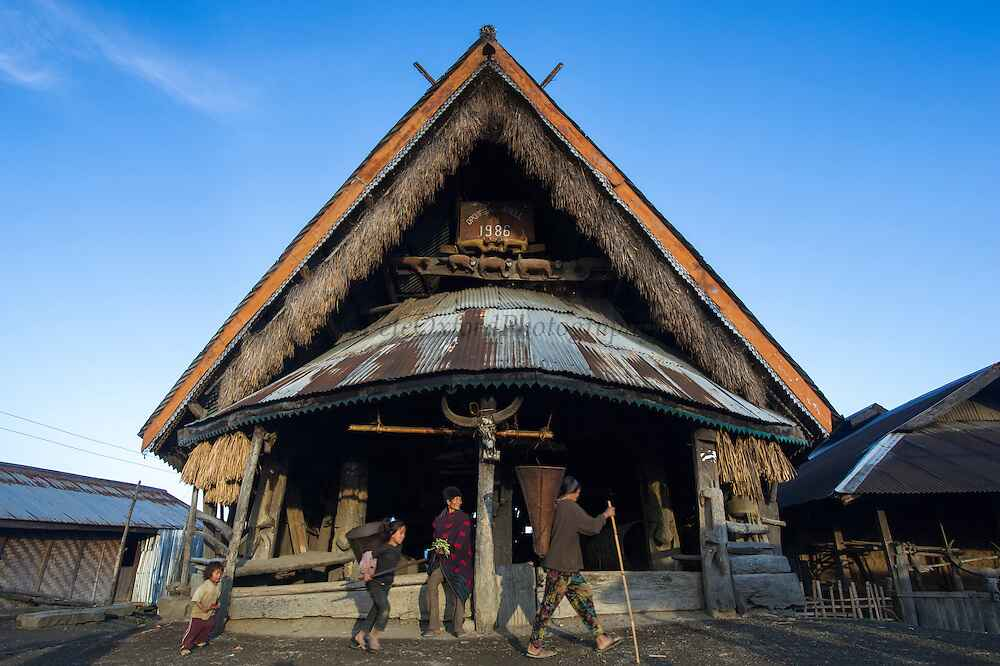Now Reading: The Forgotten Art of Rogan Painting in Gujarat—Practiced by One Family
-
01
The Forgotten Art of Rogan Painting in Gujarat—Practiced by One Family
The Forgotten Art of Rogan Painting in Gujarat—Practiced by One Family
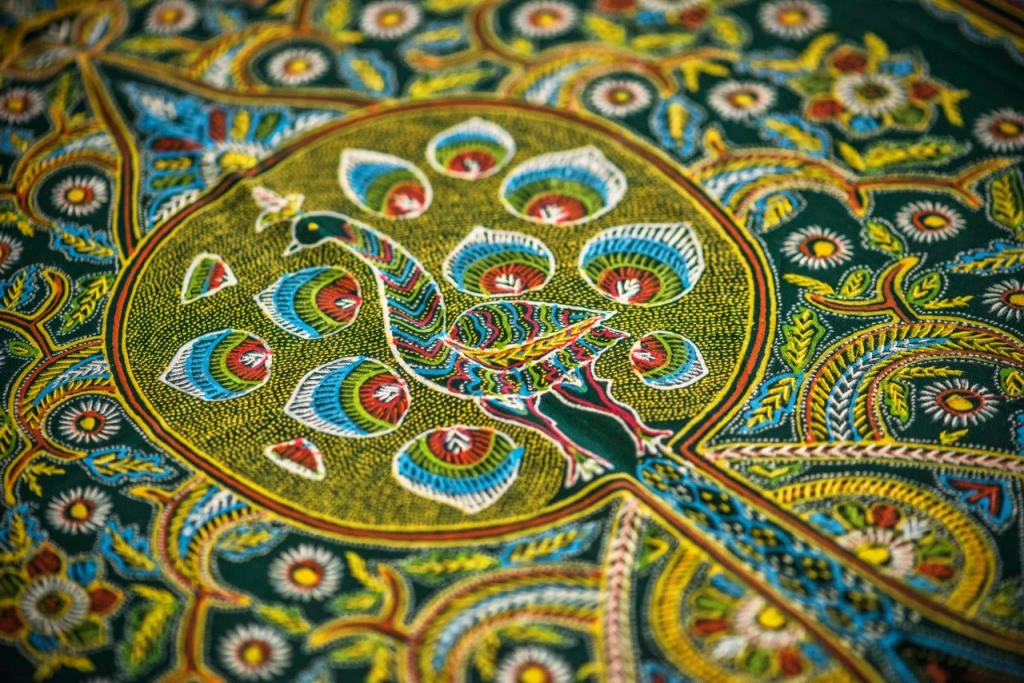
In a small village of Kutch, Gujarat, a centuries-old art form survives in the hands of just one family. Rogan painting, once a thriving craft, is now practiced by a handful of artisans dedicated to preserving its intricate techniques. Made with castor oil and natural pigments, the art’s unique process and vibrant designs tell stories of heritage, patience, and resilience against the tide of modernisation.
The craft arrived in Kutch from Persia over 300 years ago and became a part of local tradition, adorning fabrics with elaborate floral and geometric patterns. Today, the Hussain family in Nirona village is credited with keeping the art alive, often working for hours on a single piece. The process involves heating castor oil to create a thick paste, mixing it with colours, and drawing freehand using a fine metal stick—a skill that can take years to master.
While once used for decorating bridal garments and festive attire, Rogan painting now finds its audience among collectors, museums, and tourists seeking authentic handicrafts. Despite its cultural value, demand remains limited, making it hard for the artists to sustain themselves solely on this work. Yet, the family continues, driven by a sense of responsibility to their ancestors and to India’s artistic legacy.
Efforts to revive the craft have seen some success, with workshops, exhibitions, and state recognition drawing attention to Rogan painting’s delicate beauty. Still, without the involvement of younger generations and wider appreciation, its future remains uncertain. The survival of this art depends on both preserving the traditional method and finding ways to adapt it for modern tastes.
In a world where machine-made products dominate, the story of Rogan painting stands as a reminder of the skill, time, and love embedded in handmade art. For the family in Nirona, each brushless stroke is not just decoration—it is a lifeline to a heritage that deserves to be remembered, valued, and passed on.




